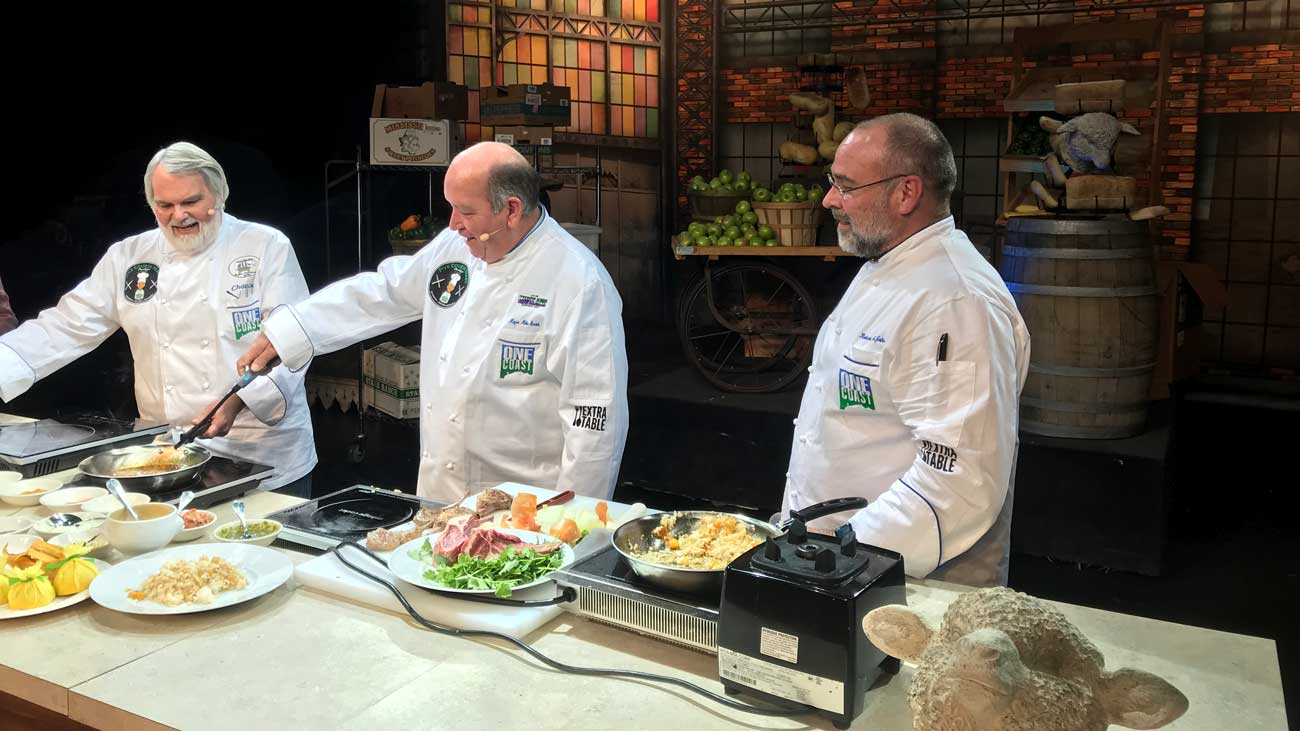Last week I learned that the United States Department of Agriculture had revised their food pyramid.
I grew up with the 1970s version of the food pyramid, and have always been intrigued by the chart— mainly because my diet has never been anywhere close to what Uncle Sam recommended.
Actually, it’s not even a food pyramid anymore. Today it’s a “customizable chart for dietary guidelines.” I went to the USDA’s website to try and learn about the new parameters, but couldn’t weigh through all of the governmental gobbledygook to make sense out of the plan.
There was a six-page “backgrounder” that gave a history of the research but I didn’t make it past the third bureaucratically penned sentence before I got a searing headache that ran from behind my left eyeball to the base of my spine. I then learned that the backgrounder was just a set-up for the real report. The actual Dietary Guidelines For Americans 2010 report is 94 pages long. Welcome to food-meets-government in the 21st century.
The report included lengthy letters from the secretaries of Agriculture and Health and Human Services, a page of self-congratulatory pats on the back to all of the people who worked on this dietary version of War and Peace, a few pages of nifty graphics, four pages filled with contents, appendices, tables, and figures, and two pages of an executive summary. Eleven pages into the document I reached the introduction, which droned on for another seven pages. At that point I stopped reading and decided to do something more enjoyable with my morning by asking my dentist to give me a voluntary root canal.
Later that day, mouth and brain sufficiently numbed, I waded through more sections of the website. It seems that we are now breaking our nutriment into five groups: grains, vegetables, fruit, dairy, and protein foods. This made sense to me. It was familiar territory. Though back in the 1970s we were taught that there were only four food groups: the milk group, the meat group, the vegetable-fruit group, and the bread-cereal group.
I took a little solace in the fact that vegetables and fruit had now parted ways to form their own individual groups. In the 1980s, the USDA classified ketchup as a vegetable (there’s no known documentation as to how lengthy that report was). Everyone knows that tomatoes are a fruit. Kids were probably getting confused and adding ketchup into the fruit category, next to the Ranch dressing category.
I was a little disheartened to learn that the word “cereal” had been removed altogether and replaced with the less-flavorable sounding word “grains.” As a kid I was able to assure my mother that the government wanted me to eat Fruit Loops and Count Chocula because they were cereals.
My mom’s generation had it made. The food guideline chart back in the 1940s and 1950s was called “The Basic Seven.” That USDA list included: Milk, vegetables, fruit, meat-cheese-fish-poultry, cereal-bread, eggs, and butter.
Hello, Betty! Butter. These were obviously the salad days of charted cuisine. Not only did people eat butter with a clear conscience, the government gave that specific fat their enthusiastic stamp of approval, and it’s own category.
It’s not at all surprising that the USDA separated fruits and vegetables in those days only to combine them again in my era, only to separate them again. A good piece of fruit was hard to find back in the 1940s. I know this because I grew up hearing the all-I-ever-got-for-Christmas-was-a-few-oranges-in-my-stocking-because-fruit-was-a-luxury-and-I-was-grateful-to-get-it stories from the same lady who bought the aforementioned Count Chocula boondoggle.
The Basic Seven was actually a step up from the USDA’s original list published in 1916, “Food For Young Children.” This list was divided into milk, meat-eggs, bread-cereals, butter-fats, vegetables-fruits, and simple sweets.
Life expectancy for men was 48.4 years in 1916, probably because two of our main food groups were butter-fats and sweets. Though, at second glance, that theory might not hold water. I’ve made a career of eating fats and sweets and just passed 49.525 years.
Before 1916, there are no records of the government getting involved in the foods they wanted us to eat. Things were simpler back then. There was no income tax, so the fed didn’t have the funds to employ thousands of people to compile a 94-page thesis and develop a million-dollar website filled with such terms as “obesogenic environment” and “lacto-ovo vegetarian adaptation of the USDA food patterns.” Actually, in the 1800s, if you mentioned the word obesogenic to someone, they challenged you to a duel. Back then, life expectancy was a ripe 37 years of age, and there were only three recognizable food groups: meat, sugar, and lard.
So, what have we learned today?
1.) Ketchup is not an acceptable entrant in the vegetable category.
2.) The more food groups our government adds to the food chart, the longer we live.
3.) No matter how you slice it, fruit is a crappy Christmas present.
Baked Cheese Treats
1 large loaf French bread
1 /2 pound sharp cheddar cheese
1 /2 pound white cheddar
3 /4 cup mayonnaise
1 /4 cup sour cream
3 Tbl whipping cream
1 tsp Creole seasoning
2 Tbl minced green onions
1 tsp lemon juice
1 Tbl minced red onion
1 tsp Worcestershire sauce
1 /2 tsp black pepper
1 /4 cup shredded parmesan cheese
Preheat oven to 400 degrees.
Remove crust from French bread. Cut bread into 1 1 /2-inch thick circles, then cut the circles in half creating half moon shaped slices of bread.
In a mixing bowl, combine remaining ingredients (except parmesan cheese) and mix well. Top the pieces of bread evenly with cheese mixture and place on a baking sheet lined with parchment paper.
Refrigerate for 30 minutes, or until ready to serve, or freeze until ready to use.
Sprinkle the bread with the shredded parmesan and bake five minutes.
Can be held warm for 20-30 minutes.
Yield: 30-36 treats



